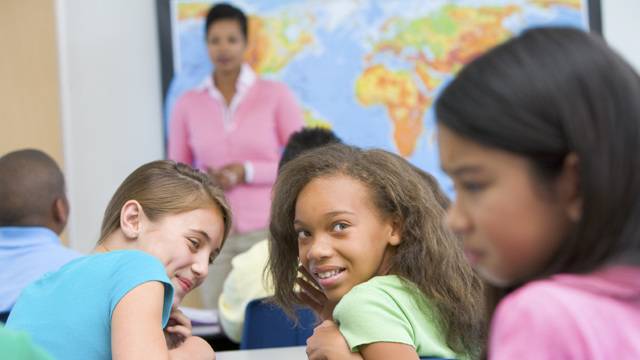In several studies we asked children and adolescents abut their views on why bullying happens, what to do if one happens to witness bullying and the reasons for different bystander behaviour in bullying situations.
This research project started in 2010 and has been accomplished across a set of studies. The starting point of our research in this field is social psychological and social developmental theories like symbolic interactionism, social representation theory, new sociology of childhood, social information processes models, social cognitive theory, and decision models on bystander intervention. Studies have been made both in Sweden and in the US in collaboration with researchers at Georgia State University. One study compares Swedish and US students’ views on factors affecting their bystander behaviour.




